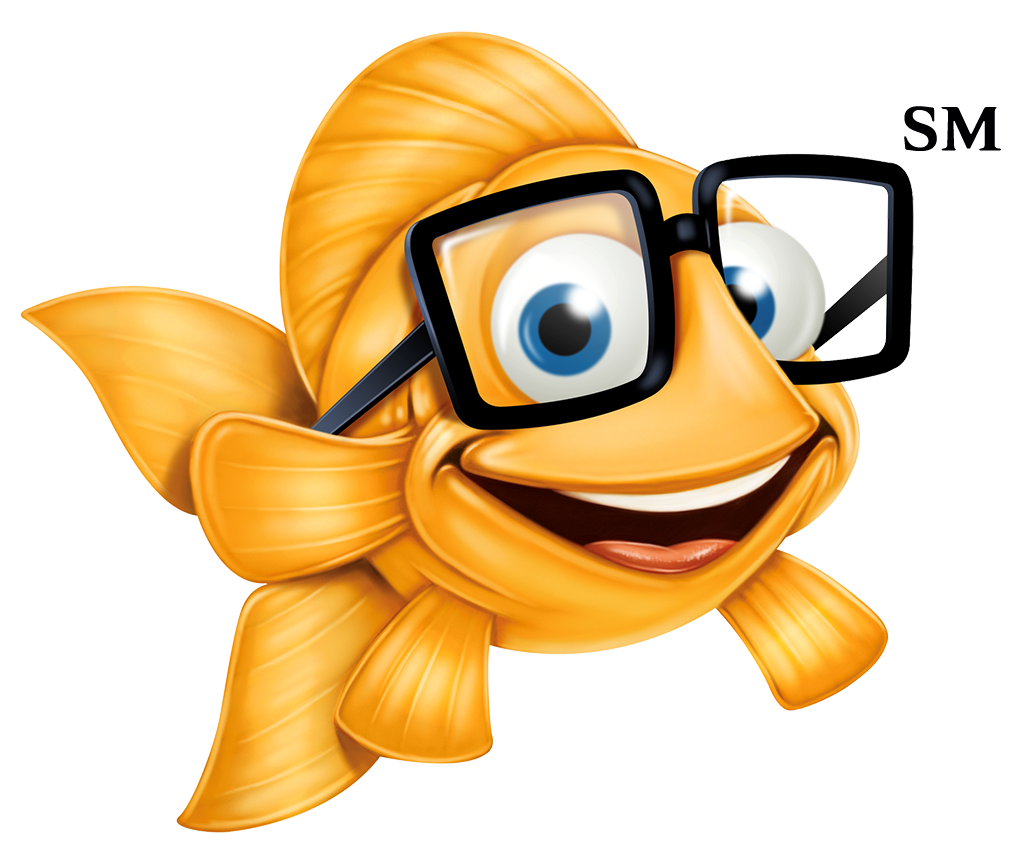Intellectual Property Insights from Fishman Stewart PLLC
Newsletter – Volume 23, Issue 21
Share on Social

Patenting Palate-Pleasers: Culinary Creations from Patents
By Paul M. Ratzmann
In the realm of culinary creativity, where flavors and techniques continually evolve, patenting food and food products holds a crucial place at the table. It serves as a foundation in the world of culinary invention, offering a means to safeguard and promote unique creations. This practice isn’t merely about protecting recipes and methods; it’s about nurturing creativity and ensuring that inventive minds can thrive in the competitive arena of the food industry.
Now, let’s explore the intriguing history of patenting food products and processes in the United States, with a focus on specific patents that have left their mark on the culinary world.
In 1926, E. Mandelbaum was granted US Patent USP 1600191, introducing an innovative roll that transformed the way we enjoy sandwiches. This edible roll was uniquely shaped to form a receptacle for enclosing a frankfurter, sausage, or other edible material, creating a distinctive sandwich experience.
The year 1931 witnessed another culinary revolution with C. Doering’s US Patent USP 1797856. This groundbreaking invention transformed the production of baked loaves, such as bread and cake. Each slice now contained a slice of meat, cheese, fish, or another substance, resulting in individual sandwich loaves with sterilized fillings.
Moving forward to 1940, Harry Lewis’s US Patent USP 2217282 introduced the use of redwood smoke for smoking meat. This innovative approach enhanced flavor while minimizing color formation and molding, opening up new possibilities for preserving and flavoring meat.
In 1966, Harland Sanders (yes, THE Colonel Sanders) secured US Patent USP 3245800, a culinary masterpiece that changed the fried chicken game. His patented method involved coating raw chicken pieces, immersing them in liquified cooking fat, and rapidly reducing the temperature, resulting in the iconic and flavorful fried chicken.
By 1972, Donald F. Allen’s US Patent USP 3656968 introduced a novel process for preparing sandwiches. This method involved a unique approach to creating a filling in a thin-walled bun, ensuring that flavoring materials were in direct contact with the filling, elevating the overall taste experience.
In 1977, William H. Burkhart’s US Patent USP 4048473 brought a cylindrical food cooking machine with liquid impervious walls and temperature control to the culinary world. This invention offered an innovative approach to cooking various foods, enhancing efficiency and quality.
The early 1980s saw Gene and Flora Giordano’s US Patent USP 4283431, which introduced a method for creating a multi-layer pizza-type product. This innovation expanded the possibilities for pizza enthusiasts, adding layers to traditional pizza.
By 1985, Karl Schmidt and Eugene Luoma secured US Patent USP 4551337, revolutionizing pizza creation. Their patented method involved forming perforations in a pizza dough sheet, frying it, and then topping it with sauce and other ingredients, resulting in a unique and flavorful pizza experience.
The 1990s brought further innovations, as Fabrizio Bottero’s US Patent USP 5114724 showcased multi-colored pasta pieces with striking patterns, adding visual appeal to pasta dishes.
These selected patents exemplify the diverse and ever-evolving world of culinary invention. They reflect the creative spirit of their inventors and highlight the role of intellectual property protection in shaping the culinary landscape.
Paul Ratzmann is a partner at Fishman Stewart and a registered patent attorney, practicing in many technology fields. As an engineer, before he became a patent attorney, Paul was an inventor and is listed on eleven US patents, such as the one listed here.
Related Content from Fishman Stewart
In our previous FishTank article “The Great Beige-Off: Influencer Sues for ‘Vibe’ Infringement,” we reported on Sydney Nicole Gifford’s lawsuit against fellow influencer Alyssa Sheil over allegations of copyright infringement involving neutral-toned social media content.
People have long pondered whether or not the Giza pyramids were indeed solely burial chambers, which was the only known, and archaeologically determined, use—until now.
As the story goes, Klein was so taken with the indescribable blue of the sky over the Mediterranean in Nice, France, that he dedicated his artistic talent developing a blue that would imbue the canvas with this color in its purest form.
Despite her pseudo-legal background in Suits, Meghan has been running into one issue after another in her efforts to register the trademark and logo for her new lifestyle company, for now, called “AS EVER”.
By 1930, efforts began in New York to replace Mother's Day with Parent's Day because men were more than just breadwinners. Those efforts didn't catch on, probably because in that era, women often spent more time in the home.
In February, Nike and Skims announced that they will be working together on a new brand, NikeSkims. The co-brand will create a new line of training apparel, footwear, and accessories specifically designed to meet the unique needs of women athletes.
Generally, federal courts have exclusive jurisdiction over copyright cases, and often, this presents an insurmountable paywall for individual artists and small businesses to vindicate their rights, especially where the value of the individual copyrighted works are relatively low.
Dedicated to raising public awareness about the importance of encouraging innovation and creativity throughout the world, the World Intellectual Property Organization (WIPO) annually observes World Intellectual Property Day on April 26 to showcase the role that patents, trademarks, industrial designs, copyrights and trade secrets play in our everyday lives.
Hold onto your foam fingers, sports fans – college sports just got a whole lot more interesting! The latest updates to Name, Image, and Likeness (NIL) rules are making student-athletes bigger than ever, and it’s not just about the game anymore.
Did a federal court in Louisiana recently decide that US copyrights are global rights? It seems so.
IDENTIFYING, SECURING AND ADVANCING CREATIVITY®

















